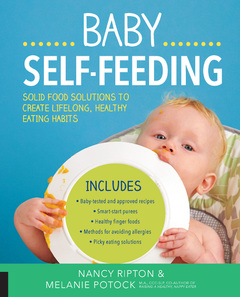Seeing in Distorted Color
In This Article

By age four my son Bode could count to 20, recite the alphabet and read a short book, but he still couldn’t tell which square was purple in the game Candy Land. If your child knows their ABCs, but can’t detect red, green and blue there is a chance he could be color blind. Most kids will know basic colors by about age four.
What is Color Blindness?
Despite the name, color blindness is not a type of blindness, but an inability to see certain colors accurately. In fact, some optometrists now refer to it as color deficiency rather than blindness because very few people see in black and white; they just see colors differently.
Color blindness happens when the retinas don’t detect light properly. Our retinas detect light with rods and cones. Rods detect light and dark, while three types of cones detect the colors red, green and blue. Color blindness occurs when there is a malfunction in one or more of the color cone cells. The color deficiency depends on the cone that is affected, however red and green color blindness is most common. This means that your child can see colors with blue and yellow hues, but has problems with anything that has red or green pigmentation.
Some people with mild color deficiencies can see colors normally in good light, while others cannot distinguish between certain colors in any light.




